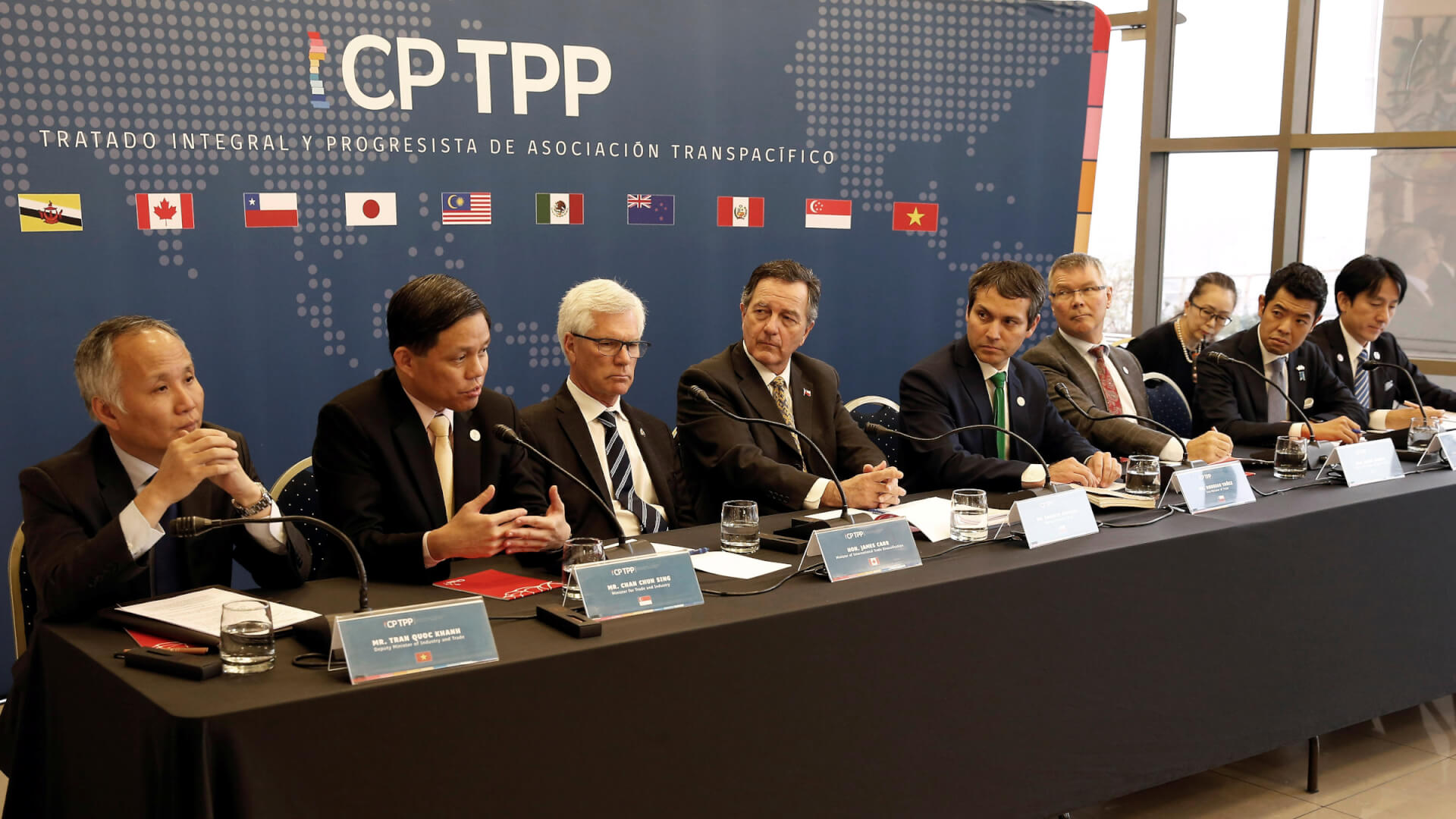Chinese Commerce Minister Wang Wentao on Thursday submitted a formal application to join the Comprehensive and Progressive Agreement for Trans-Pacific Partnership (CPTPP) to New Zealand’s trade minister, Damien O’Connor, its commerce ministry said.
New Zealand is the CPTPP’s administrative centre. Wang also held a telephonic conference with O’Connor to discuss the next steps of in the application process.
Japan, the CPTPP’s chair this year, said it would consult with member countries to respond to China’s request. However, it did not specify a timeline for doing so. “Japan believes that it’s necessary to determine whether China, which submitted a request to join the TPP-11, is ready to meet its extremely high standards,” Japanese Economy Minister Yasutoshi Nishimura told reporters on Friday.
To join the pact, China has lobbied for support from the Australian government, despite deteriorating bilateral relations. In a letter to an Australian parliamentary inquiry into broadening the agreement, Beijing’s embassy in Canberra wrote: “China’s accession to the CPTPP would yield large economic benefits…China is committed to building a community with a shared future for mankind and stands ready to work with all the other parties to promote globalisation and regional economic integration.”
China also reportedly reached out to Malaysia and New Zealand, among others, for technical talks on details of the pact.
The CPTPP was a vital foreign policy strategy of former United States (US) President Barack Obama to engage with Asia. However, in January 2017, President Donald Trump withdrew from the pact, citing that the agreement would “undermine” the country’s economy and independence.
Following the US’ departure from the free trade agreement, the other 11 member countries—Australia, Brunei, Canada, Chile, Japan, Malaysia, Mexico, New Zealand, Peru, Singapore, and Vietnam—revived the deal in 2018 by signing a revised version of the agreement. The CPTPP was known as the Trans-Pacific Partnership (TPP) in its older form and was seen as an essential economic counterweight to China’s regional influence.
Being a part of the CPTPP would be a significant economic boost for China, especially after signing the 15-nation Regional Comprehensive Economic Partnership (RCEP) free trade agreement last year.
“The CPTPP, a high-standard trade deal, covers more areas than the RCEP, among other free trade deals China having signed, such as labour and environmental issues,” Gao Lingyun, an expert at the Chinese Academy of Social Sciences in Beijing, told Chinese media house Global Times.
Apart from China, the United Kingdom (UK) and Thailand have expressed interest in joining the trade agreement. The UK began negotiations to enter the pact formally in June.

